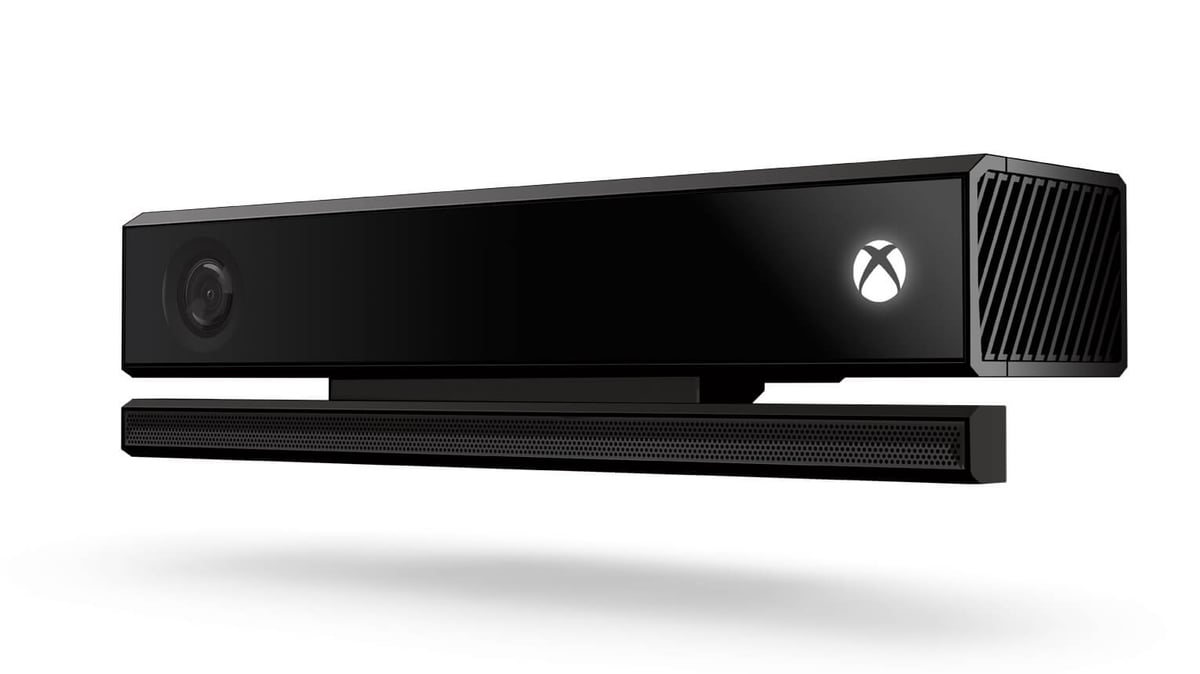Microsoft ceases production of its Kinect motion tracking sensor for the Xbox. Herald of a gaming future that was never to be, it lives on as an cheap and efficient scanning tool. So grab one quick.
One upon a time, Microsoft presented a vision of home gaming that had you actively participating with your body. You were the controller, and your voice was an extension of that.
The company teased a gaming future that had you talking to uncanny valley children and storming the gates of Rome. Neither of those specific examples materialized in the end, but Kinect, the technology that would power them, did.
A slim, sensor-packed box that you would plug into your Xbox games console and set on top or in front of your TV, it would read your body movements and translate them directly into the game.
For all the revolutionary talk surrounding its release, we ended up with dancing games. Lots of them.
The device’s introduction in 2010 for the Xbox 360 focused firmly on gaming. It would later transition — presciently you could argue, with the rise of Alexa and Google Home — to personal-natural voice commands of the console with its second iteration released with the Xbox One console in 2013.
And now, seven years later, Microsoft has called time on the Kinect. But its story doesn’t end there.
In dreaming big with motion control gaming, Microsoft unleashed something far better. From the Kinect team itself, subsequent generations of sensor tech now power the company’s augmented reality Hololens. Not to mention that the same team went on to develop Microsoft’s Cortana voice assistant and Windows Hello biometric facial recognition system.

Kinect Beyond Xbox
Version 2.0 of the Kinect, originally in a bundle with the Xbox One and later sold separately, features a 1080p camera that boasts time-of-flight tracking. Basically, a super accurate camera that is aware of distances based on the known speed of light.
In addition to this, it can also see in the dark and track up to six people. The device can then generate six wire-frame skeletons with 25 joints apiece to place into games. It also introduced facial recognition, allowing the games console to sign people in based on them entering the cameras sight.
Since launch, a thriving third party development community for the Kinect has emerged. Most often associated with specific fields of research, we often encounter cool uses of the camera that intersect with our sphere of interest here at All3DP.
In fact just months ago, we reported that MIT researchers were using a Kinect rig and MeshLab software (totaling just $150) to digitize a five-foot-long T-rex skull. For reasons like this, we consistently include it in our list of great 3D scanners.
Beyond this, there are shades of the Kinect in other more modish tech. The FaceID system Apple uses on its soon-to-launch iPhone X is essentially a shrunk down version of part of Microsoft’s sensor array in the Kinect. As far as we’re aware, it’s the only other consumer tech bearing a household name to use it.
The Kinect’s time spent encouraging us to flail our arms in the name of fun may have been short lived, but the device has had a much larger impact than anyone could have predicted.
If you’re in the market for an affordable and open 3D scanner, best grab one quick before they disappear for good.
Source: DigitalTrends

License: The text of "The Kinect is Dead: Microsoft Discontinues Xbox Motion Sensor" by All3DP is licensed under a Creative Commons Attribution 4.0 International License.